In the spring, the Pirmagrun mountain, one of the world’s last refuges for the endangered Persian leopard, towers over the surrounding countryside in Iraqi Kurdistan, its rocky snow-capped peaks fading into an ancient oak forest that starts out sparsely before running into narrow, densely-wooded valleys.
As recently as the 1980s, the forest covered the slopes of the mountain – also known as Birah Magrun – as well as the surrounding area, and the leopard was commonly seen by hunters. But intensive illegal logging means the forest now ends abruptly halfway down the mountainside, where it runs into a barren land studded by tree stumps and grazed by herds of goats.
Rapidly accelerating loss of habitat is threatening the very existence of the Persian leopard in Iraq, according to Hana Raza, a biologist from the conservation organisation Nature Iraq, who has been monitoring the population of the predators for more than a decade.
Between 1999 and 2018, almost half of Iraqi Kurdistan’s forests – more than 890,000 hectares (2.2m acres) – were destroyed, mostly by logging and forest fires, according to surveys carried out by the United Nations and the Kurdistan regional government (KRG).
At the same time, the once-common Persian leopard’s global adult population is estimated to have been reduced to between 800 and 1,200.
“The oak tree is a keystone species in Iraqi Kurdistan,” says Raza. “If their oak forests continue to shrink, then the continued existence of the Persian leopard will become unsustainable.”
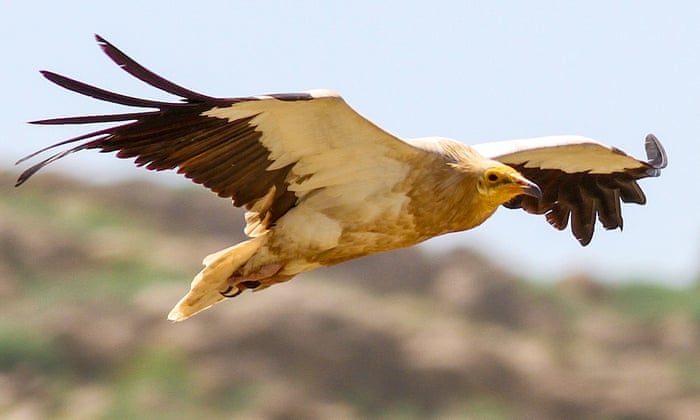
As well as the Persian leopard, the region’s apex predator, at least 17 bird species are threatened with extinction in Iraqi Kurdistan, according to Nature Iraq. Other animals, such as the Persian fallow deer and the Asiatic lion, are already extinct in the region.
On top of this, the Caucasian oak, one of the four types of oak tree found in Kurdistan’s mountains, is critically endangered on a regional level and in danger of disappearing completely from Iraq’s forests.
“Every year when I return there are fewer trees – and it’s not just one mountain – the decimation of the native oak forests is accelerating all over Iraqi Kurdistan,” says Raza.
The main driver of the current wave of logging in the region is a worsening economic crisis. Iraqi Kurdistan, which relies on the oil and gas sector for about 80% of government revenues, was struggling to deal with ballooning debt at the end of 2019. The financial problems have been compounded by the Covid-19 pandemic and plunging global oil prices.
Dliva Abdulla is the mayor of the Qara Dagh municipality and lives in a town next to the striking mountain range. The series of nine mountain peaks, known as the Qopa Qara Dagh, is interspersed by eight valleys and is one of the few places where the Persian leopard has been photographed in Iraqi Kurdistan.

The range lies in a region where the ecosystems of the Zagros mountain and the Mediterranean steppe overlap, making it highly biodiverse and home to more than 900 different plant species. But it, too, has seen an increase in illegal logging as villagers struggle to make money.
Abdulla says that many of those living in his municipality cut down trees to provide fuel for cooking and heating. Neither Abdulla nor the forest police, tasked with preventing illegal deforestation, had received their salaries from the KRG by the end of April. “The forest police are so low on resources that they can’t afford petrol for their vehicles and have had to reduce the number of patrols,” says Abdulla.The economic crisis and reduced police presence have, in turn, led to a surge in hunting.
A dead leopard found in March. Photograph: Korsh Ararat“They are still trying to strictly enforce anti-poaching laws – but with the laws against logging they have to be more lenient for the sake of people’s families,” he adds.
This increase in hunting is damaging the population of wild goats and wild boar, which the leopards depend on for food. In April, the dead body of a three-year-old leopard was found on Birah Magrun, Nature Iraq reported.
“Hunters are just walking the mountain and killing whatever they see,” says Raza. “The forest police can’t control it. In this case the hunter shot the leopard, but didn’t kill it instantly, and couldn’t track it afterwards – leaving the carcass to be found at a later date by someone else.”
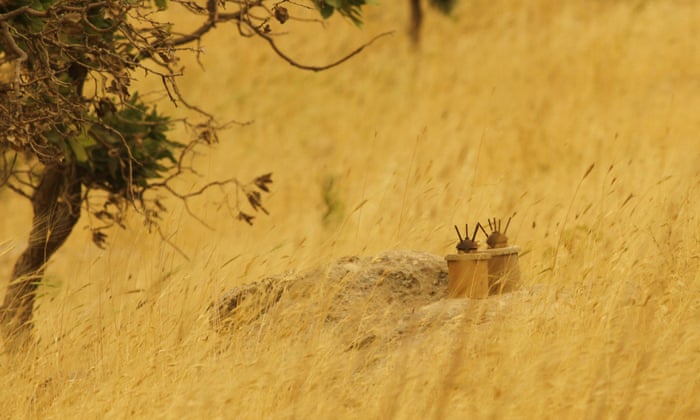
Amid the waning ability of the regional government to enforce laws that protect the region’s wildlife, Iraqi Kurdistan’s extensive minefields have become one of the last bastions against illegal logging and poaching in the region.
Mines left from previous decades make Iraqi Kurdistan one of the five most heavily mined regions in the world. During the Iran-Iraq war in the 1980s, frontlines shifted backwards and forwards across the mountains and it is estimated that more than 20m landmines were planted.
More mines were added when Saddam Hussein’s forces systematically destroyed villages during campaigns against the Kurds in the late 80s and early 90s.
The Iraqi Kurdistan Mine Action Agency estimates that mines cover nearly 226 sq kilometres within the region, with most concentrated along the country’s mountainous border with Iran – where they continue to kill and maim people.
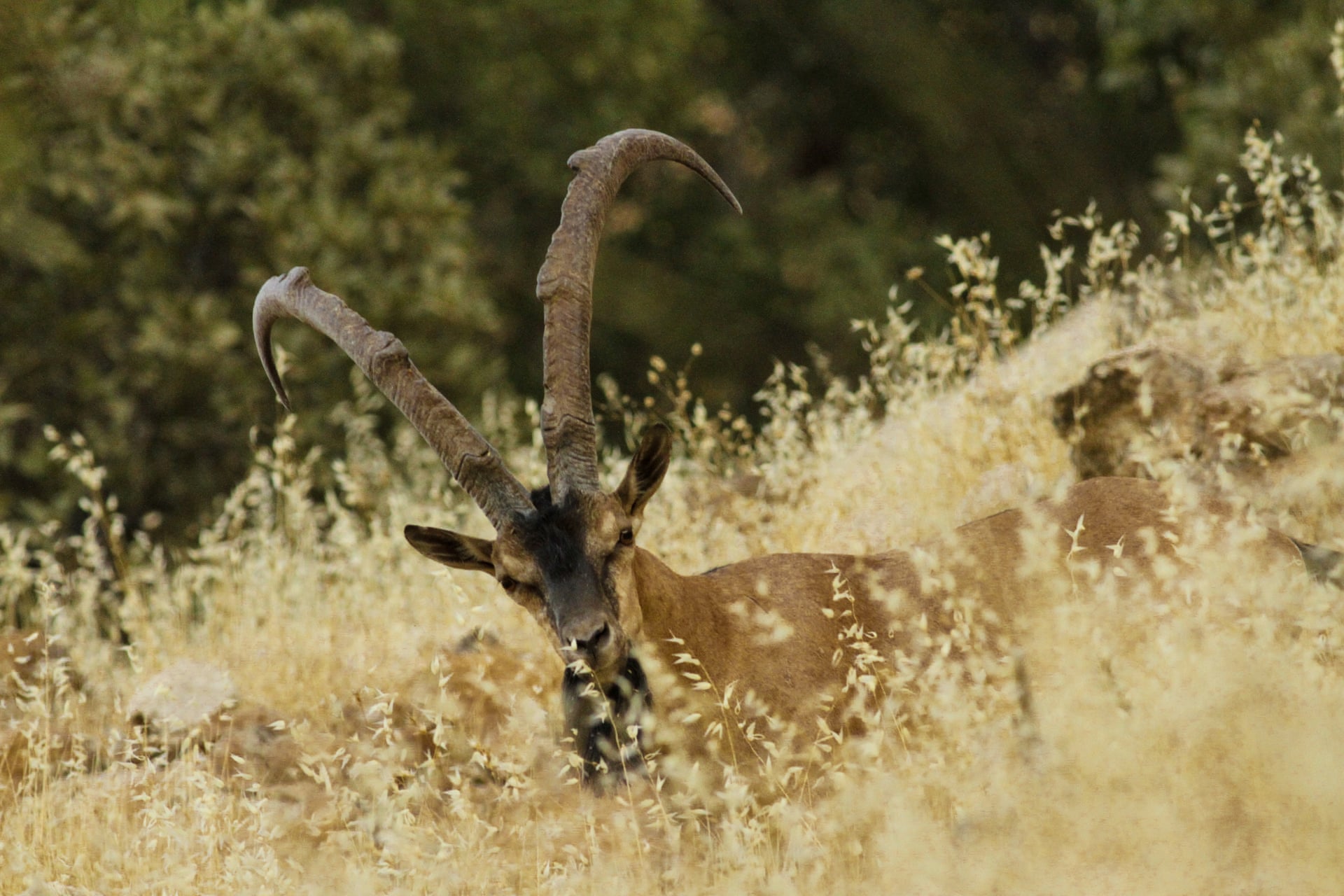
Saman Ahmad, the president of Kurdistan Botanical Foundation, an organisation dedicated to recording and preserving the country’s plant life, believes that, amid the economic crisis and ongoing security issues, the minefields are the only thing effectively defending Iraqi Kurdistan’s remaining wild oak forests.
“Ultimately, these forests should be managed in a modern way – using scientific documentation, effective forest rangers and funds from tourism to protect the region’s exceptional biodiversity,” he says. “But right now, with all the problems that the region faces, this just isn’t feasible.
“At the moment, it is probably best that the mines stay in the ground to [keep people away and] prevent people from cutting down trees and disturbing the natural habitat.”
Efforts to set up an international-standard national park within the region have failed amid economic and political instability.
In 2014, the Halgurd Sakran National Park was named the region’s first national park, but the project was derailed by the rise of Isis, which took control of Mosul, Iraq’s second city, in June the same year.
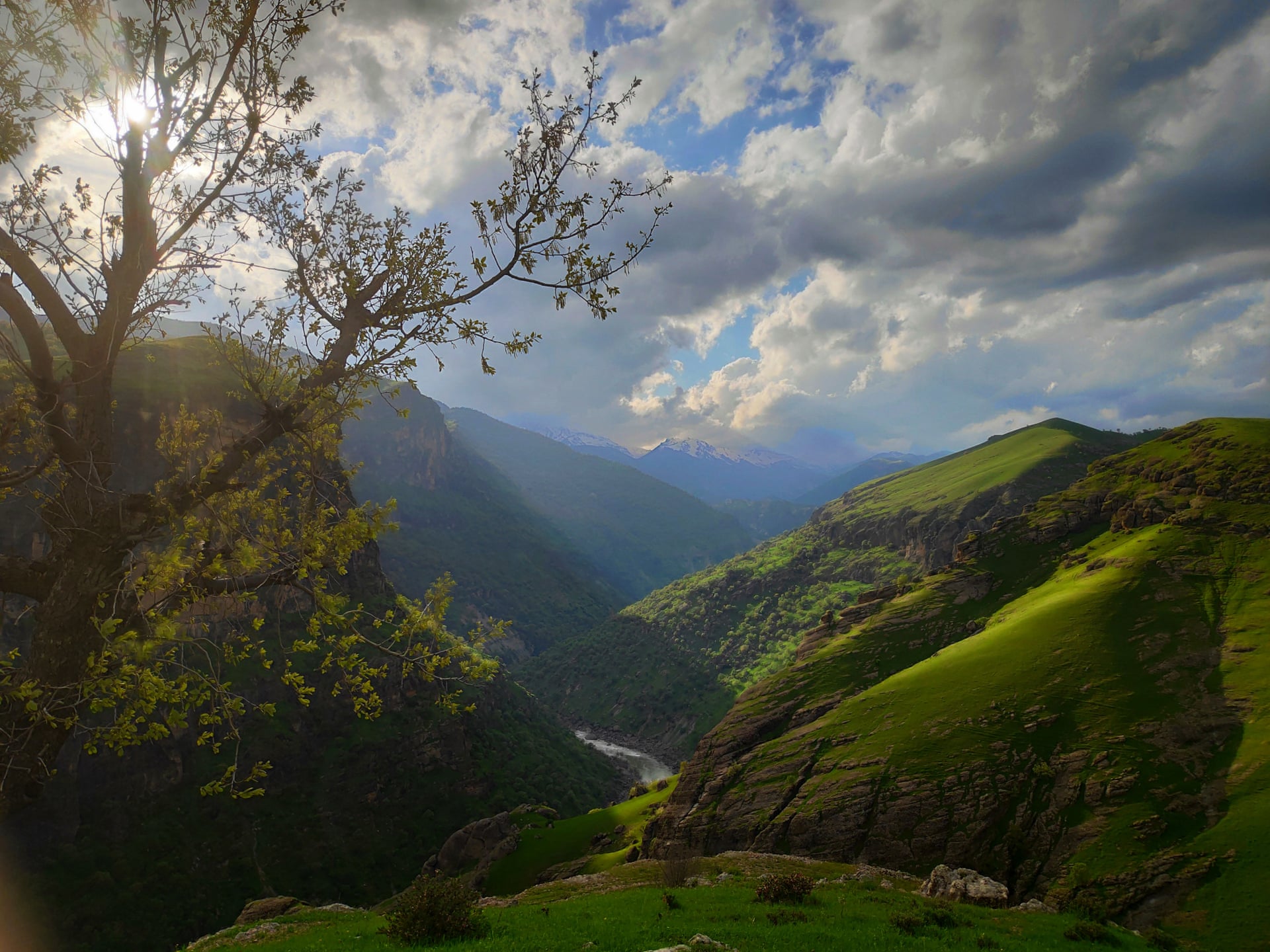
In 2018, plans for a transnational protected park, which would have included mountains in Iran and Iraqi Kurdistan, were put on hold when nine conservation scientists and researchers from the Tehran-based Persian Wildlife Heritage Foundation were accused of espionage.
Now, Nature Iraq is working to establish a smaller formally recognised conservation park for Persian leopards that would contain the nine peaks of the Qopi Qara Dagh. The purchase of the land was approved by the Kurdistan regional government in January 2019 and the organisation is hoping that Iraq’s federal government will approve the area’s national park status in 2021.
“It’s easy to feel like you are powerless to stop the destruction of habitat,” says Raza. “But over the last century, the Kurdish people have sacrificed so much to keep control of these mountains. All those sacrifices will be meaningless if the leopards and the other native animals become extinct.”
This article was first published by The Guardian on 20 June 2020. Lead Image: Fewer than 1,200 Persian leopards are thought to still survive. Photograph: Behzad Farahanchi
What you can do
Support ‘Fighting for Wildlife’ by donating as little as $1 – It only takes a minute. Thank you.
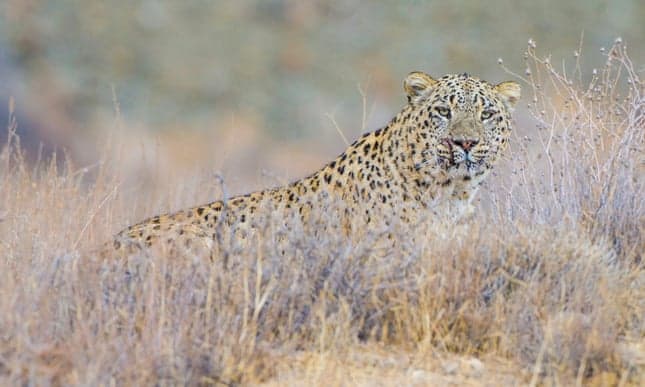





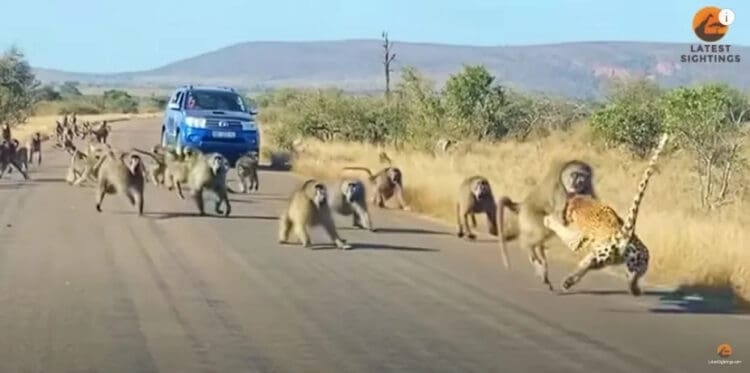
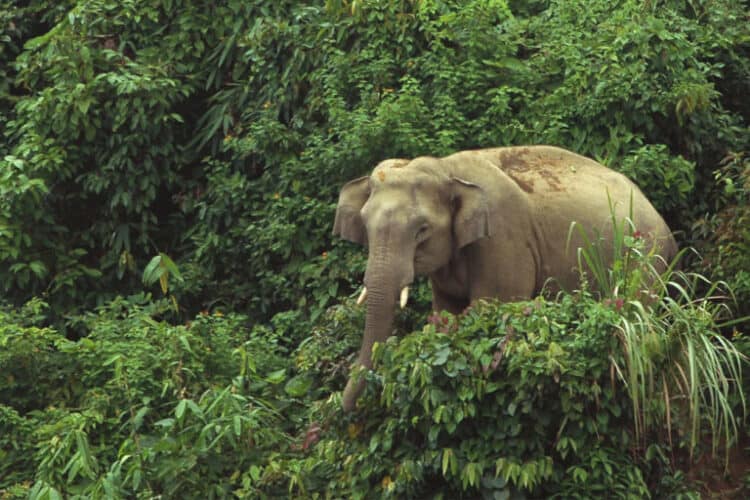
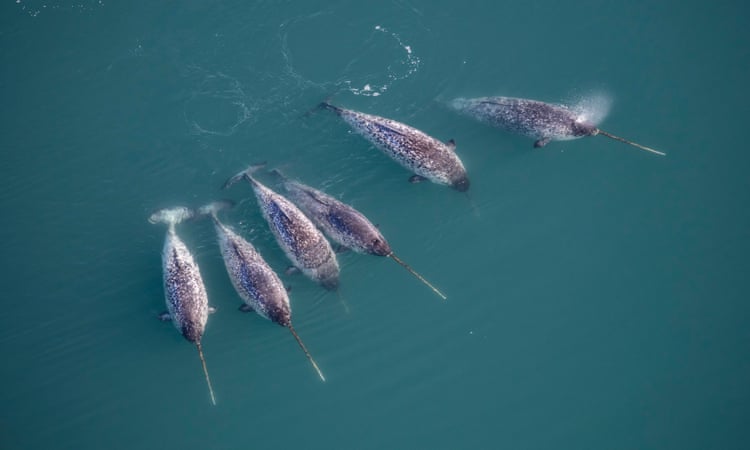
Leave a Reply